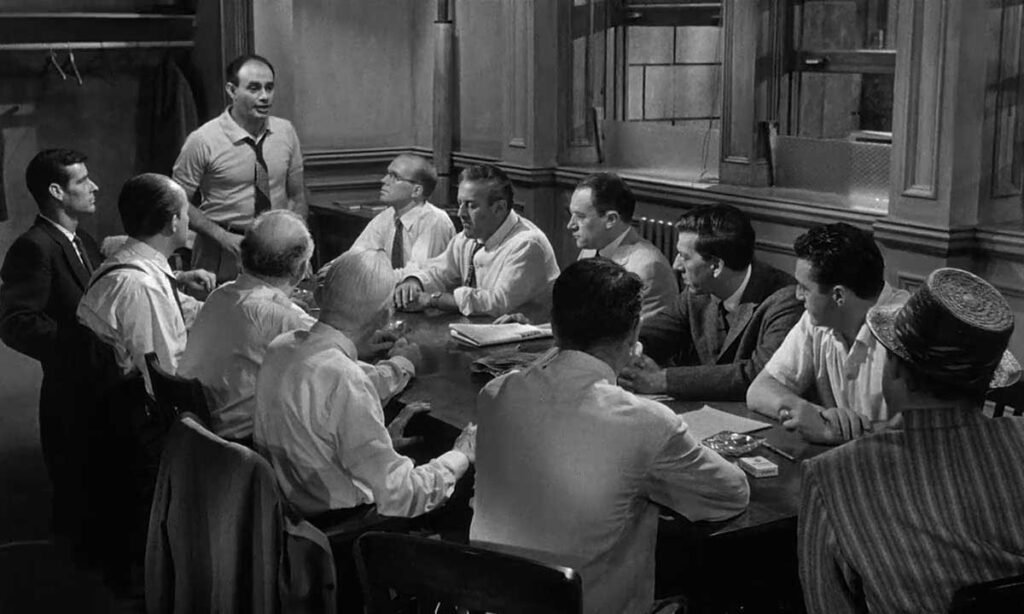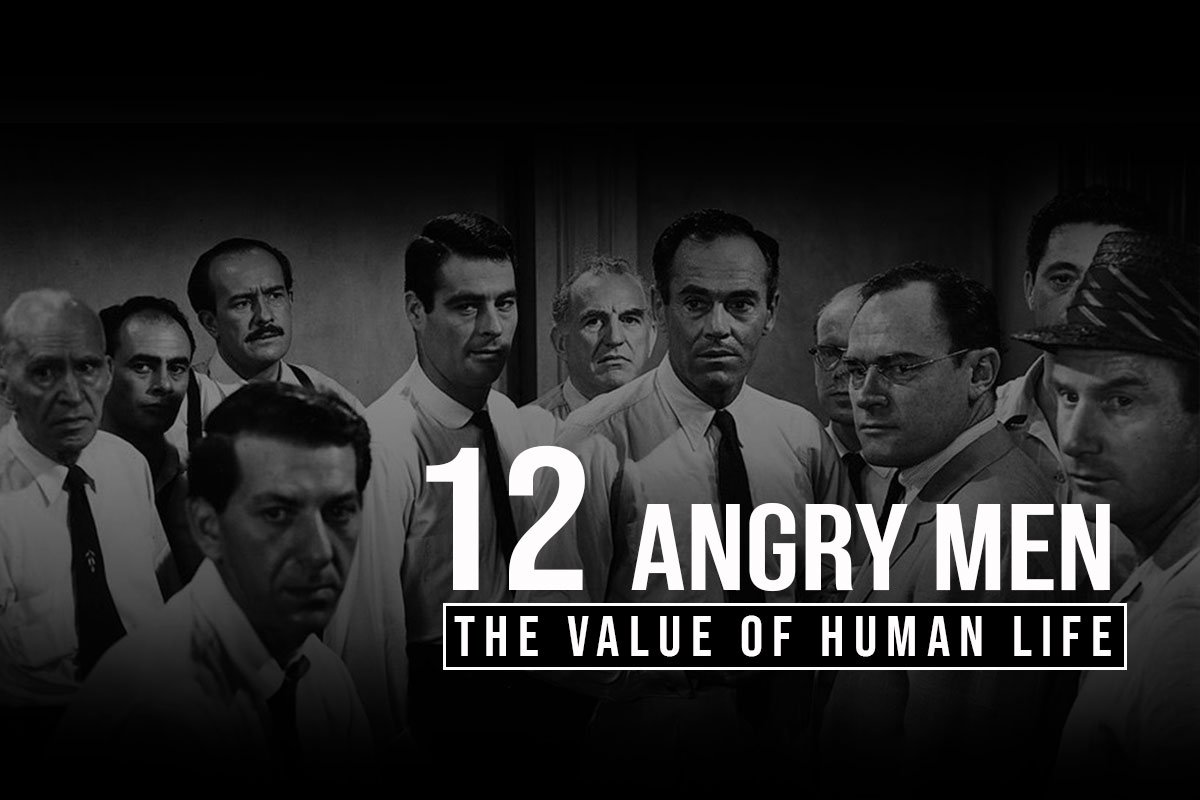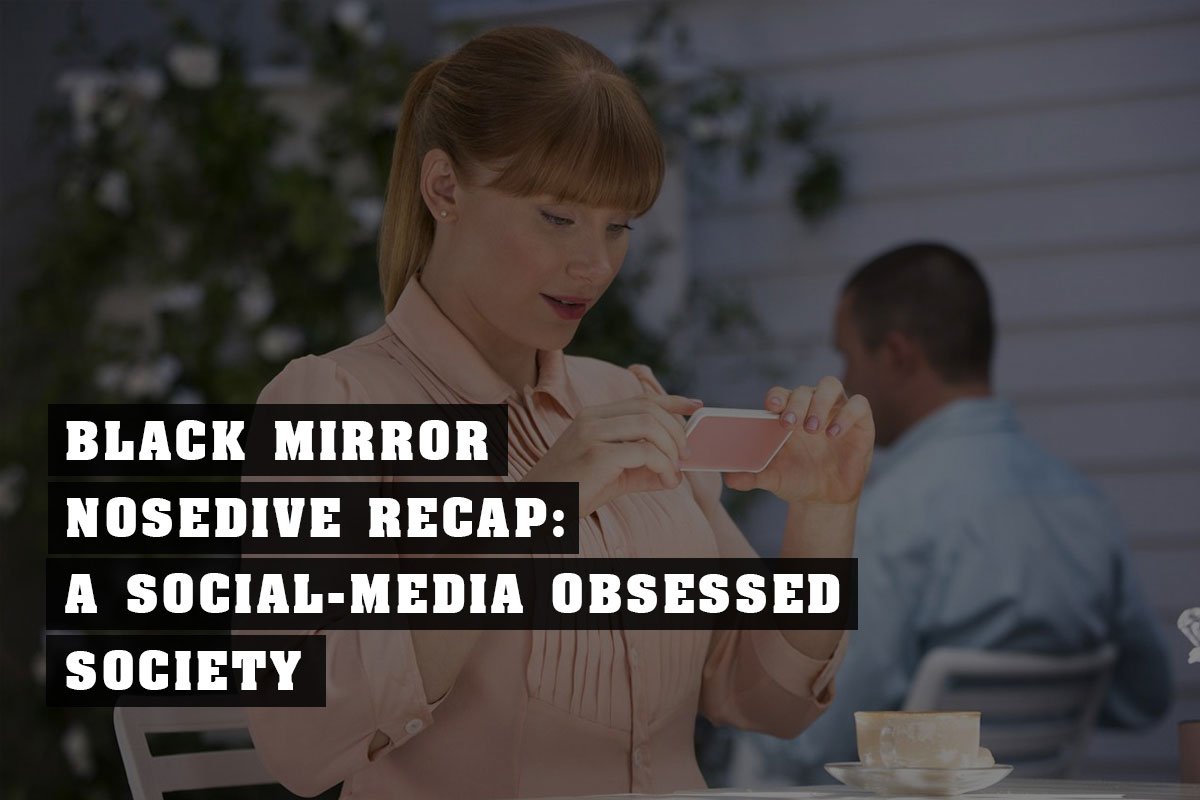12 Angry Men Movie – The Value of Human Life
“One man is dead. Another man’s life is at stake. If there’s reasonable doubt in your minds as to the guilt of the accused, a reasonable doubt, then you must bring me a verdict of not guilty. Now, if however, there is no reasonable doubt then you must in good conscience find the accused guilty.”
A box-office failure but listed among the greatest films ever made internationally, 12 Angry Men 1957 movie is a classic courtroom drama, selected as the second-best courtroom drama ever made. It’s a film that has set a benchmark for the best usage of camera and best usage of one set. The case is open and shut at first, but gradually every witness, evidence, and fact come under the radar of “reasonable doubt.” As the film proceeds, the jurors find it harder to give their verdict.
How one person’s mistake can cost another his life, how do our experiences sway our decisions, what are our duties, where our conscience drives us, and where our faults lay? With these questions, the compelling and spellbound drama throws the audience on a tour of introspection.
Let’s dive into the 12 Angry Men 1957 movie review to explore what makes the film so enthralling.

The Value of Human Life
The film begins with the judge reading out the case to the jury informing them that now it is their duty to “separate facts from fancy”. The judge reminds the jury of the seriousness of the case, following which the jury retires.
The case is of an eighteen-year-old boy, living in a slum, who is accused of killing his father. Testimonies include one of an old man, with a limp leg, who heard loud noises around midnight. He heard the boy saying, “I’m gonna kill you”, and the body hitting the floor. Then the man ran to the door and saw the kid running out of the house. He called the police and later found the father dead and a switchblade knife in his chest. Another testimony is that of a woman who lived across the street from the boy’s house. She said she saw the boy killing his father, around midnight, through the windows of an L-train.
The boy’s alibi was that he was at the movie theatre at the time of the murder. However, he didn’t remember the name of the movie or the actors who played in it. The switchblade knife found on the body looked like the one the boy had but was no longer with him since it had dropped from a hole in his pocket. These were, as Juror 3 said, facts that no one can refuse.
In the first voting, all but Juror 8 voted for the guilty, keeping in view the facts and testimonies. Juror 8 voted otherwise because he observed some loopholes. Much against the will of the other jurors, especially Jurors 3, 7, and 10, the discussion begins. Initially, none of them was thinking so much. It was only after Juror 8 produced a similar knife and proved the possibility of the boy being honest that others began to think. Gradually, every statement was re-examined and facts were questioned – whether the man said he ran to the door or went to the door because he was limped and couldn’t possibly run; whether the father had slapped the boy or punched him; is it possible to identify the boy’s voice when an L-train is passing thunderously and so on.
Guilty or Not Guilty – A Character Study
Even though the jurors talk about the eighteen-year-old being guilty or not guilty, they reveal a lot about themselves, in particular, and human nature in general. The film is seen as an exclusive study of characters. Humans are the outcome of their experiences. Their ideas about right and wrong differ from each other based on these experiences and further differentiate their perspective. Hence, even though all the jurors want the right decision, they are in a conflict.
Among others, one thing that makes human nature faulty is hypocrisy. Juror 3, for instance, says the youth of that generation don’t know how to respect elders. He says he used to call his father “Sir”. But then, a few moments later, we see how he suppresses Juror 2 and disrespects Juror 9, who happens to be the senior-most in the lot because they voted for not guilty.
These men have gathered to fulfil their responsibility of delivering justice. Yet we see Juror 2 and Juror 7 falling short of reasons for why they feel the boy is guilty. All they have to say is, “That’s what everybody is saying.” Juror 7 needs to be reminded that he does not have the right to switch sides depending on what is more convenient and quicker. Moreover, Juror 10 refuses to believe anything the boy says because he lives in a slum and can’t even speak good English. In his opinion, people like this boy are trash.
“Juror 4: He was born in a slum. Slums are a breeding ground for criminals. I know and so do you. It’s no secret children from slum backgrounds are potential menaces to society.
Juror 10: Brother you can say that again, the kids who crawl out of these places are real trash.”
Interestingly, 12 Angry Men 1957 movie breaks a said rule i.e. the protagonist must have a character arc. Here, instead of the protagonist, we see all the rest of them have a character arc, especially Juror 3, who happens to be the antagonist here. While Juror 8 remains calm and straightforward throughout the discussion, others go through a rollercoaster of emotions, from anger to sympathy.
Justice is not easy to serve
The film begins by establishing the New York State Supreme Court Building, a tilt-up shot gradually revealing the quote engraved on the building – “The true administration of justice is the firmest pillar of good government.” The question here is, whose responsibility is it to administer justice? Is it of the judge to give the right decision or of the lawyers to bring true evidence? Through the 12 Angry Men movie, we know it is the duty of every citizen to serve Justice to the nation.
As Juror 9 said, the 75-year-old limped man has been neglected all his life, his opinions mattered to none, his advice was not sought after. This crime gave him worth. People questioned him, quoted him, repeatedly. When a man gets some validation, ages after, he would want to sound like a know-it-all. That being said, is it fair to exaggerate in one’s testimony? Is it fair to put opinions or thoughts as facts? The same goes for the woman- is someone’s desire for fame more important than someone else’s life?
If a lawyer’s career or his interest in a case becomes more important than the case itself, can Justice be served right? If the jurors, who are the final decision-makers, worry about other engagements, are blinded by their prejudices, and are crippled by personal experiences, can justice be served right?
However, 12 Angry Men movie does not portray the witnesses, the defence lawyer, or the jurors as villains. It portrays them as people and as Juror 8 says, people make mistakes. People want validation and attention, people seek importance, and they want to be heard and seen and liked. They might fail to do the right thing, no matter how much they want that.
We never get to know whether the boy is guilty or not, whether the knife belonged to him or not, whether the testimonies were completely true or not. What the 12 Angry Men 1957 movie tells us is that things might not be what they look like, that people make mistakes that can cost a life, and that justice is not easy to serve.





